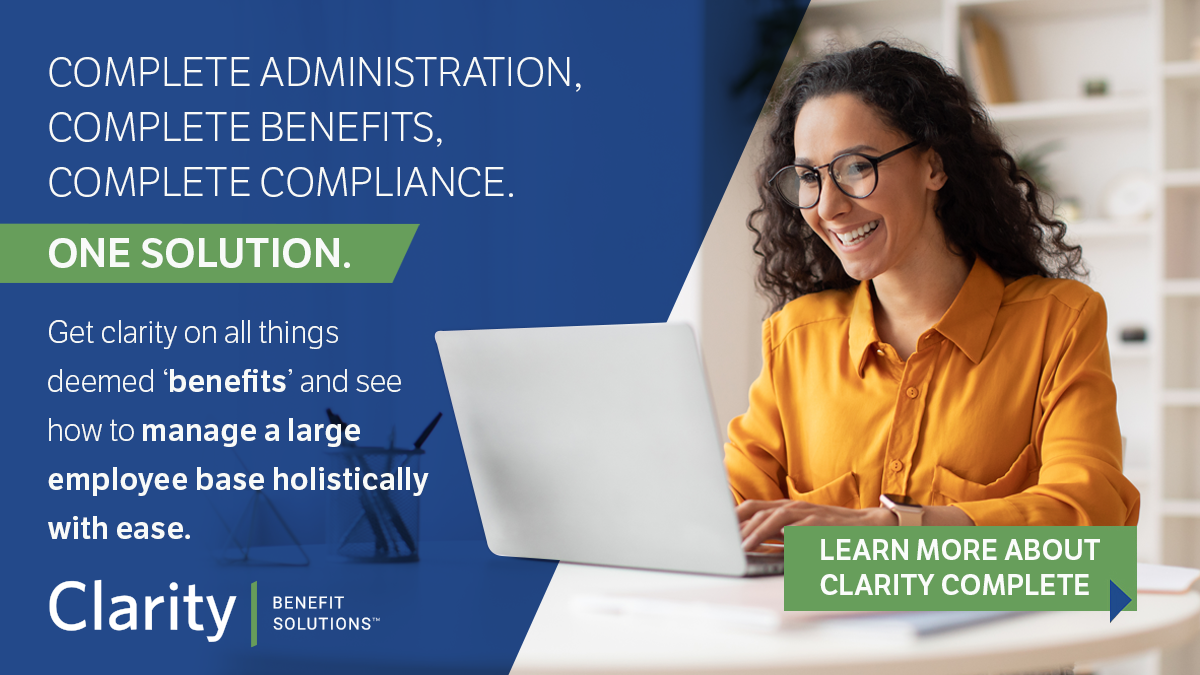
With healthcare costs at a record high in terms of cost and complexity, brokers now have the opportunity to transform their roles from benefit salespeople to strategic advisers. After all, what your clients really need is a source of regulatory, financial, and product information that keeps them offering the best possible benefits to their clients.
The Guardian Workplace Benefits Study took a deeper look at what employees and employers want from their benefits offerings. That information has given us great insight into what clients are really looking for in their benefits brokers.
Listening to their Needs
This may sound like an obvious one, but unfortunately, there are cases where brokers apply the same cookie-cutter approach to all clients. This just doesn’t work. Not only does it not create a true relationship between you and your clients, it often leaves out important benefits that specific companies could use.
For example, if one of your clients is located in an urban area, you should consider offering them a commuter benefits package. But if they are in a suburban or rural area, would that make sense?
Staying on Top of Trends
Your clients probably don’t have the resources to be researching what benefits are on the rise, on the decline, or what would fit their needs the best. That’s what they are looking for in their brokers. Be sure to frequently assess the trends of the workforce in general in order to offer an educated benefits package. For example, in the workforce in 2019:
- 70% of working adults with college debt rate their finances as a major source of stress.
- Less than 10% of all workers have access to college savings or debt-related benefits plans.
- More than 70% of employers say improving their employees’ financial wellness is a top benefits objective.
You can use this important information to create innovative solutions to these challenges. Student loan repayment and financial wellness benefits are on the rise, and it’s likely that you know this before your clients do.
Transparency and Communication
Benefits administration is an ongoing task, therefore your clients will need continuous support. With the rising cost of benefits, your clients will be looking for resources that help them make cost-conscious choices while still meeting needs. These include:
- Communication that extends beyond quarterly check-ins to make sure benefits are understood, easily adopted, and effective.
- Guidance for getting and keeping employees engaged, to increase participation in core and ancillary benefits.
- Transparency in terms of comparing cost and quality among providers, savings opportunities, and employee education.
It’s important for brokers to add new and innovative services to stay competitive and meet client demands—that’s no surprise to you. But how you go about doing so is what can set you apart from all the other brokers in the market. Here are some ways you can go above and beyond in your service to your clients, in addition to what is discussed above:
- Highlighting less popular services that your competition may not be offering.
- Offer guidance in important HR areas, like compliance, that clients may not be bringing up with their brokers.
- Utilize software tools that can help you streamline your processes and grow your relationships.
Sources:
https://www.employeebenefitadviser.com/opinion/what-clients-really-want-from-their-benefits-broker
https://www.benefitspro.com/2019/03/04/5-things-your-clients-are-saying-about-employee-benefits/
